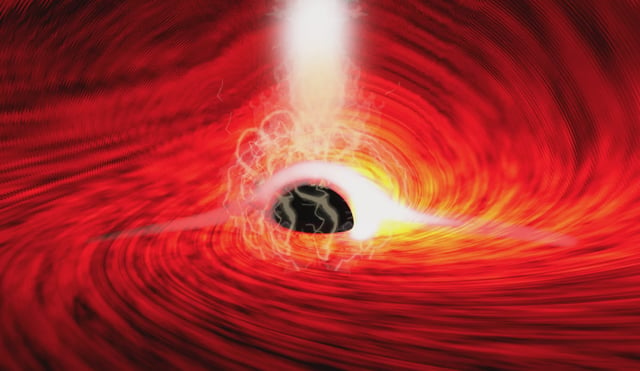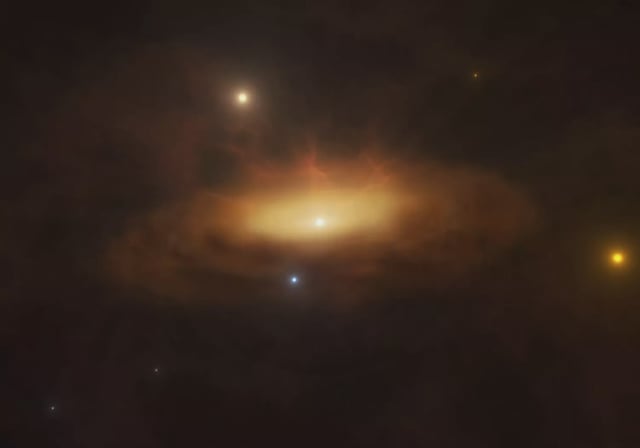Overview
- Scientists used multiple observatories to track the galaxy's increasing luminosity across various wavelengths.
- The event marks the first time a supermassive black hole's transition to an active state has been observed directly.
- Researchers propose the brightening is likely due to the black hole consuming surrounding gases, though other explanations are considered.
- The phenomenon offers a unique opportunity to study the triggers and mechanisms behind black hole activation.
- Ongoing observations aim to determine if the event is a tidal disruption or a new form of galactic behavior.



